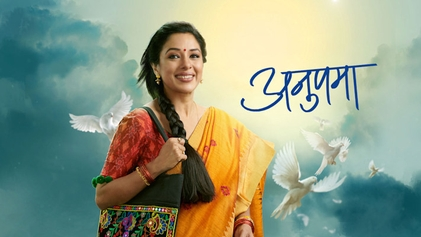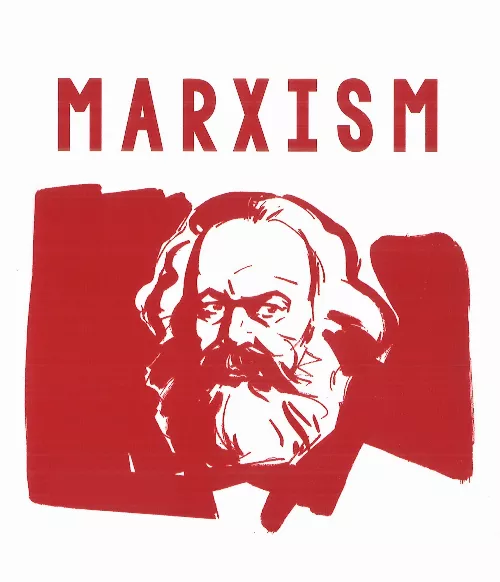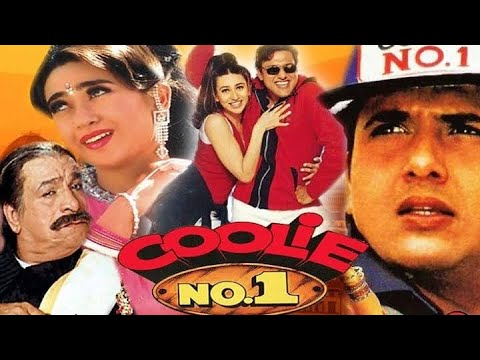Assignment on Comparison of the portrayals of feminine voices in "Wide Sargasso Sea" and "Foe"
Name: Nirali Dabhi
Roll number: 13
Enrollment Number: 4069206420220006
Sem: 3 M.A
Paper number: 203
Paper Code: 22408
Paper Name: The Postcolonial Studies
Topic: Comparison of the portrayals of feminine voices in "Wide Sargasso Sea" and "Foe"
Submitted to: Smt S.B. Gardi, Department of English, M.K.B.U
Email: niralidabhi95@gmail.com
Introduction of the author:-
J.M.Coetzee
John Maxwell Coetzee is a South African–Australian novelist, essayist, linguist, translator, and recipient of the 2003 Nobel Prize in Literature. He is one of the most critically acclaimed and decorated authors in the English language. He has won the Booker Prize (twice), the CNA Prize (thrice), the Jerusalem Prize, the Prix Femina étranger, and The Irish Times International Fiction Prize, and holds a number of other awards and honorary doctorates.
Coetzee has received numerous awards throughout his career, although he has a reputation for avoiding award ceremonies. Coetzee was the first writer to be awarded the Booker Prize twice: for Life & Times of Michael K in 1983, and for Disgrace in 1999. As of 2020, four other authors have achieved this, J.G. Farrell, Peter Carey, Hilary Mantel, and Margaret Atwood.
Introduction of the Novel:-
Foe
"Foe" by J.M. Coetzee, written in 1986, is a novel that responds to Daniel Defoe's "Robinson Crusoe," which was published 267 years earlier. Coetzee introduces the character Susan Barton, who describes her experiences on the desolate island with Cruso. The novel significantly differs from "Robinson Crusoe" by incorporating a woman's voice into the predominantly masculine narrative. While Barton's time on the island is preoccupied with Cruso's way of life, her post-rescue life involves reflecting on her relationships with Cruso, Friday, and Foe. Despite presenting a female voice, Coetzee's portrayal of Susan Barton lacks strength, as Robinson Crusoe dominates not only the island but the entire narrative.
Now, let's compare the mediums and effects of voice and silence in the lives of female characters in the postcolonial re-written texts "Wide Sargasso Sea" by Jean Rhys and "Foe" by J.M. Coetzee. Both authors, Rhys and Coetzee, use the characters Antoinette and Susan to illustrate the treatment of women during the 19th century. These women were considered inferior to men, lacking the freedom to express themselves freely. The novels highlight the struggles of women to find their voice in a society that suppresses them.
The notion that 'woman' is a social construct without a basis in nature, and its definition depends on the context of the discussion, is explored in postcolonial re-written texts like Jean Rhys' "Wide Sargasso Sea" and J.M. Coetzee's "Foe." Both novels feature strong female characters as narrators, attempting to give voice to the silenced female figures in earlier texts.
Jean Rhys, in "Wide Sargasso Sea," aims to provide a voice to Bertha, the silenced character in Charlotte Brontë's "Jane Eyre." Rhys uses Antoinette as the chief narrator, offering readers a perspective on Bertha's side of the story that was overlooked in the original work. This representation reflects the changing roles and empowerment of women in postcolonial societies.
In J.M. Coetzee's "Foe," the author attempts to create a strong female character, Susan Barton, as the narrator. While Coetzee initially presents Susan as a bold and independent voice, he eventually undermines her authority, suggesting the limitations women faced in expressing themselves during that era. This reflects the ongoing struggle for women to assert their individuality in a patriarchal society.
A comparison of the use of silence
The two novels reveal differences in the characters' motivations. In "Foe," Susan Barton resorts to silence as a deliberate choice to maintain control over her narrative, presenting a mysterious persona and withholding her true feelings. However, this compromise contradicts her original intention of expressing her voice independently. Susan's silence becomes a way of coping with her helplessness in a society where her story is dependent on the validation of men.
In "Wide Sargasso Sea," Antoinette's silence is initially intentional, a method to gain attention and affect her husband. However, as her silence is misunderstood as madness, it becomes a means of rebellion against a society that refuses to acknowledge her voice. Antoinette's silence is a form of protest, expressing her deep thoughts and desires through actions. Yet, her silence ultimately reinforces Rochester's objectification of her, reducing her to a doll and highlighting the struggle for women to be heard.
This silence is not a choice as she is compromising her voice and letting Foe's version dominate just so she can have her story told; even if it is not the version, she will write it herself. On the other hand, in Jean Rhys' Wide Sargasso Sea, silence was Antoinette's method to get noticed, as she could not affect her husband through her speech. When Christophine tries to talk her out of her marriage, she says, "I am not rich now, I have no money of my own at all, everything I had belongs to him". She could have rebelled, but it appears as if she has internalized her silenced and submissive existence. But even though Antoinette's complete silence gave her attention, it was not in a positive manner as, in her husband's opinion, the silence was a sign of her impending insanity as Rochester stated - "She's as mad as the other, I thought, and turned to the window." Antoinette's silence, even though may have been intentional, didn't get her a positive response from Rochester; instead, it made her look even more insane in the eyes of Rochester as he continually keeps referring to her as insane-
"My lunatic. My mad girl."
As Rochester continues to refuse to acknowledge Antoinette's voice, she decides to push herself into a world of silence. Her silence soon becomes overpowered by madness as she starts expressing her deepest thoughts and desires through her silent actions, which in Rochester's eyes is mad silence. She chooses to be seen as a madwoman in front of society as her mad silence succeeds in providing her curiosity and attention from her husband and society and, thus, the feeling of being significant.
Moreover, Rochester objectifies Antoinette by referring to her as a doll numerous times in his narration, which shows that Rochester has downgraded Antoinette to a simple doll because of her mad silence. Here one can notice the indirect use of ventriloquism as in ventriloquism, one is merely a puppet in the hands of the ventriloquist, and again, For Rochester, Antoinette's eyes, voice, smile, and everything else are as unexpressive as those of a doll. He is unable to see the struggle and pain behind the doll's face. Throughout her life, no one understood her; no one heard her silent cries -
"Antoinette is a child of silence, to whom communication, words, speech bring only unhappiness and rejection...She is silenced first by her mother, who denies her existence, and then by Rochester, who refuses to be the reader of her story."
Both novels serve as powerful representations of the evolving role of women in postcolonial literature, showcasing their attempts to break free from traditional silencing and redefine their voices in changing societal contexts.
- Azam, Nushrat. “A Feminist Critique of “Voice” and the “Other” in J.M. Coetzee’s Post-colonial Novel “Foe.”” ResearchGate, December 2018, https://www.researchgate.net/publication/331840804_A_Feminist_Critique_of_Voice_and_the_Other_in_JM_Coetzee's_Post-colonial_Novel_Foe. Accessed 2022.
- DeBuck, Katie. “Susan Barton: The Woman on “Cruso's Island” | Magnificat.” Marymount Commons, https://commons.marymount.edu/magnificat/susan-barton-the-woman-on-crusos-island/. Accessed 4 November 2022.






















